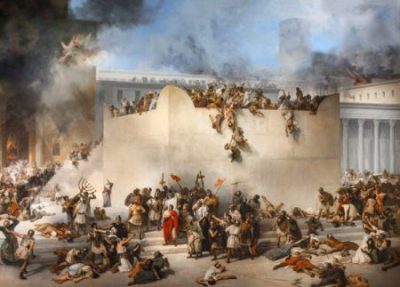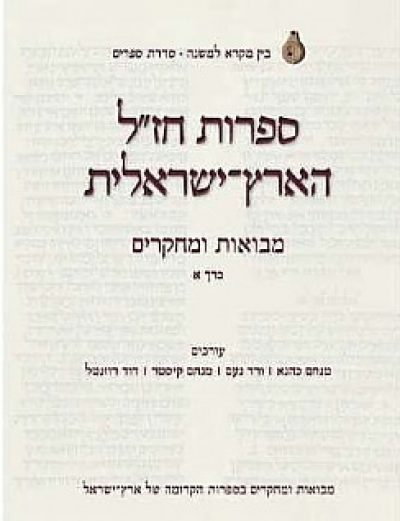Mitzvot (pl.) are commandments. The Talmud calculates that the number of mitzvot commanded by God in the Torah is 613. These are divided into positive commandments (248 things which we must do) and negative commandments (365 prohibited actions).
As many of the commandments have to do only with the Temple or applied only when the Temple stood there are far fewer relevant Torah commandments today. On the other hand the sages (s.v.) expanded the halakha (s.v.) to apply far more broadly and specifically than what appears to be contained in the Torah and their rules are also considered mitzvot. These Talmudic authorities divided the commandments into those considered d’Oraita (Aramaic for “from the Torah”) or d’Rabbanan (from the Rabbis).
These commandments apply to every facet of individual and communal life and are not limited only to ritual or religious behavior. Another breakdown also divides mitzvot into two groups: Commandments that apply to people’s relations to God which are of the religious nature and commandments that apply to people’s relations with one another.
One is obligated to observe the commandments when one becomes an adult which, according to the traditional Jewish definition is 13 for boys and 12 for girls. The ceremony which marks this coming of age is called Bar- (or Bat-) Mitzvah and means “one to whom the mitzvot apply.”
The opposite of a mitzvah is an `avera or transgression. Jewish thought generally ascribes rewards for mitzvoth and punishments for transgressions in the world to come but also regards their observance as joyful service to God rather than as an unwanted burden. This is expressed in the rabbinic statement “God wanted to reward Israel, therefore He enlarged the Torah and multiplied its mitzvot” (Mishna Makkot 3:16).”
An observant Jew is referred to as one who observes “Torah u’mitzvot”
Mitzva in Yiddish (pronounced with the accent on the first syllable) carries the connotation of a good deed rather than an actual commandment.
The Ten Commandments:







